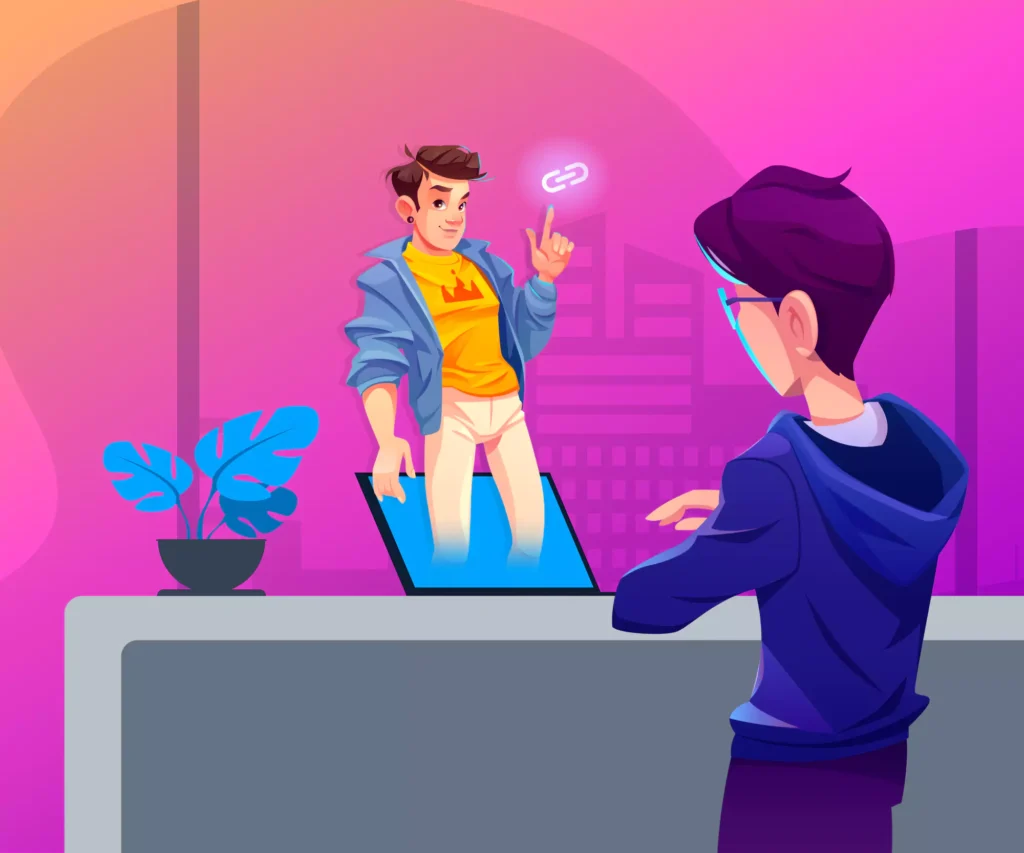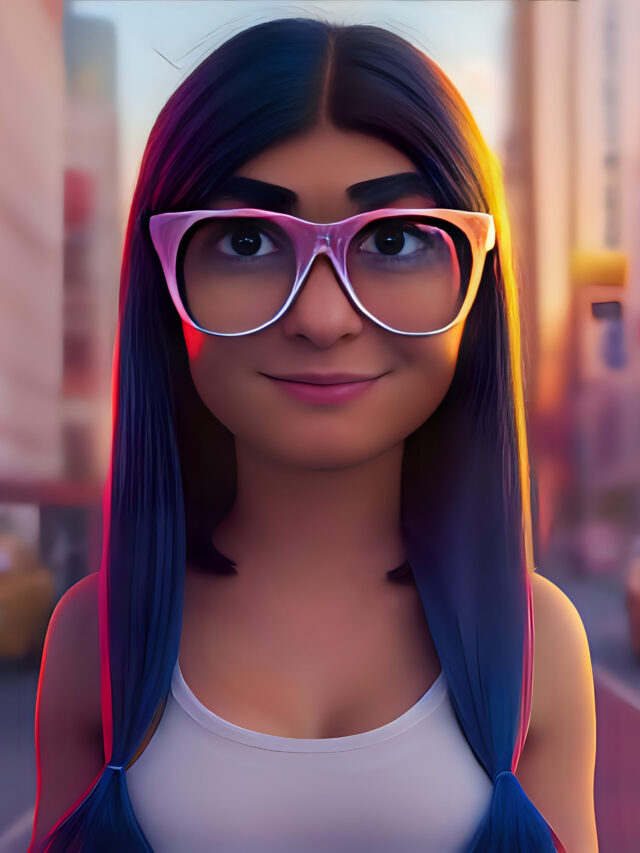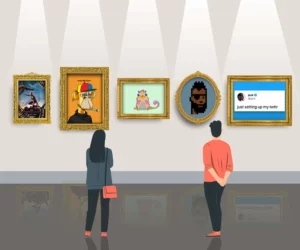
Touted to be an $800 million industry by 2024, the metaverse is fast replicating real-life scenarios and offering people a haven to pursue their unique interests and hobbies. Thanks to the metaverse, 3D has also exploded! Digital ‘people’ in the form of CGI avatars are fast becoming commonplace. The marketing world, looking to cash in on the next big thing, has jumped on this bandwagon too. Let’s take a closer look at this tweaked form of marketing that employs these technological innovations in novel ways.
What are CGI avatars?
Social media influencers often receive flak for presenting an artificial, glossy view of things. They often blur the lines between real and fake. CGI avatars take this notion a notch higher by being real yet fake, animated yet alive, almost human yet computerised. CGI avatars are characters created by using computer-generated imagery. We know what you’re thinking—if it looks, swims, and quacks like a duck, then it probably is a duck. But this is where things get tricky. Hello, 2022 and hi-tech! While CGI avatars act and look like real people, they are just digital images created by individual developers, companies, or collectives. These can be entirely fictional or just avatars of real people designed to be their representatives.
CGI + marketing = virtual influencers
And just like that, there was Lil Miquela. Those who haven’t heard of her yet are probably living under a rock (or don’t have social media; these days, both groups more or less overlap). The most popular CGI personality today, with an astonishing following of 1.6 million, is Miquela Sousa, who goes by Lil Miquela. With a back story full of intrigue and drama, Lil Miquela is already one of the most sought-after brand influencers. You’d be sorely mistaken if you thought this was a small-scale bubble. Miquela is already the chosen one for glamourous brands like Calvin Klein. As if this wasn’t surreal enough, she has also shot a controversial ad with Bella Hadid.
Miquela’s ‘life’ is filled with virtual influencers, including her mentor Bermuda, popularly known as Robot Queen, and Blawko, a self-proclaimed ‘young robot sex symbol’. All created by an elusive Los Angeles-based start-up Brud, they routinely have run-ins and hangouts. They model together and individually for many brands and update their followers about the goings-on of their ‘lives’ (if we can call it that).
Besides Lil Miquela and her gang, other virtual personalities and CGI celebs are on the rise. Not just for brand promotion and content creation, but because they are exactly like real people. They have political leanings, food preferences, favourite holiday destinations, and even pets they adore. Some famous CGI personas come from diverse walks of ‘life’. Brenn, a curvy supermodel, has become something of a mascot for body positivity. Noonoouri is a model with a cause and devotion to veganism. Ami Yamato is a light-hearted, fun-loving virtual YouTube content creator who is absurdly unaware that she is an animated character.
Availing the marketing services of CGI avatars
A company has two options when deciding to market its brand on social media using CGI avatars. They can either choose to develop a CGI avatar on their own or rope in an agency like Brud to access their ‘influencers’ at hand. Developing a CGI avatar is obviously no mere feat. Assembling a skilled team and merging technology with creative input takes a lot of time. Let’s not forget a clear marketing strategy to chart after that. Even then, there could be potential gaps that a new team of CGI creators may not be able to foresee.
An avatar agency which has CGI influencers at the ready might be the better choice, even though it would cost the company many times over. The CGI agency (which owns the rights to the avatars) and the client need to reach a formal agreement. Then, based on the budget available, a marketing campaign is born. The advantage here is that the agency already has complete characters with backstories and a following.
Why CGI over real people?
While the true reason brands are suddenly choosing CGI avatars over actual models is anybody’s guess, some speculate that their novelty is the “hook”. Many marketing experts have voiced that CGI personas have the edge over regular people because they offer something for everyone. The millennial generation may feel a sense of nostalgia as they marvel at the leaps that technology has taken from the avatars of the early 2000s. GenZ may instead experience a sense of accomplishment, excitement, and futuristic anticipation. They love their favourite CGI celebs with the same enthusiasm as they do their metaverses, digital art, and other bizarre cultural movements.
Another reason why marketing companies prefer virtual influencers could be due to the simple fact that they are virtual. Therefore, marketing companies can undertake a shoot or a campaign on a virtual platform from a remote location. Moreover, unlike real people, CGI avatars hardly get “cancelled”. Nothing done by a character that is not technically real can be genuinely offensive. Unlike their human counterparts, who can be offensive, disruptive, and sometimes even arrogant, clients and creators have total control over the activities and schedules of these digital troopers. Moreover, they can also serve as a guilt-free getaway pass for the fashion industry that faces criticism for propagating unrealistic beauty standards. It is possible to design a CGI avatar to look as “attractive” or “ethereal” as desired, setting new benchmarks along the way.
CGI obsession: unavoidable questions
While it does seem absurd that digital characters should hold such influence, the gradual virtualisation of human experiences, in commerce or culture, is an inevitable reality. Influencer marketing is already considered a business’s primary marketing strategy, with a purported return on investment of 600%. Indeed, extreme commodification of life is just something we may have to adapt. Even so, there is enough room for some healthy unease and scepticism.
True, CGI influencers exist in a virtual world almost identical to their human counterparts, with busy schedules, social lives, heavy following, and awareness of the latest trending socio-political and socio-cultural issues. Still, it might be wise to remember that no technology can be completely value-neutral. While these characters have vibrant “lives”, they are still merely “fronting” for their human creators and owners. As a result, their actions lack accountability due to the anonymity they offer their creators. This absence of transparency can be a double-edged sword—liberatory in some cases but outrightly repressive in others.
Issues of representation and diversity, too, are bound to crop up with more and more dependence on computerised animations. After all, these much adulated new toys of our tech-crazed existence mimic the real world. They will invariably raise questions about colonialism, cultural appropriation, marginalisation, and exploitation.



